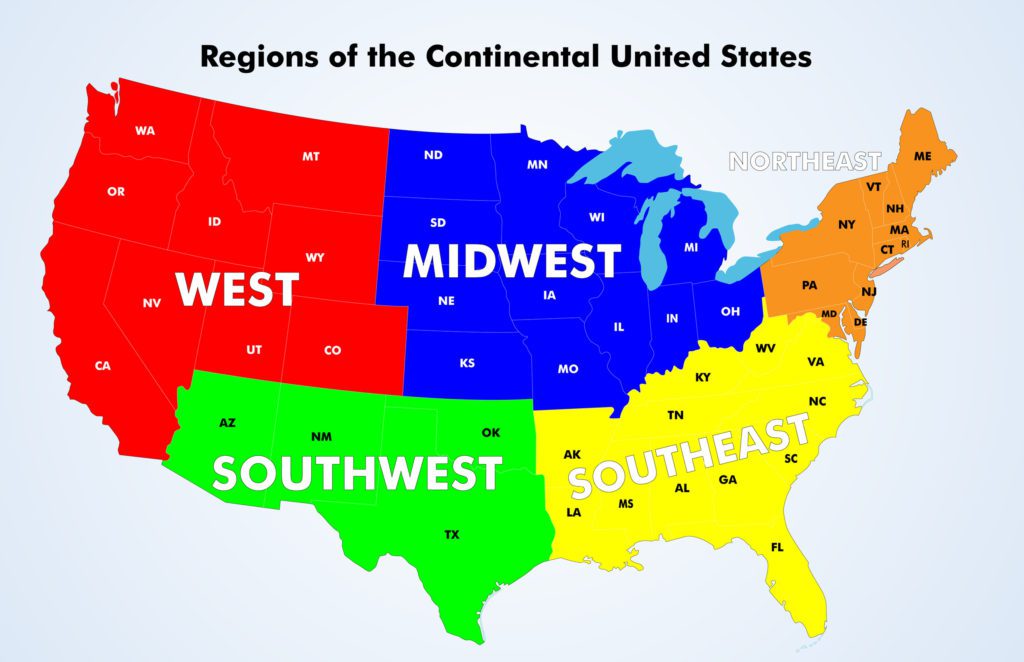As a new truck driver, it can be overwhelming to navigate all of jobs to choose from! Regional, over-the-road, intermodal, local, dedicated, non-dedicated … And then there’s dry van, tanker, refrigerated, pneumatic, flat bed … It can be confusing! For example, you may have to trade off home time for more miles in one position. In another position, might drive the same route to the same customer day in and day out. Truck driving as a career is very flexible in finding a position that will fit your schedule and requirements. Today, we will be talking about two driving positions that are quite similar: Regional or Dedicated truck driving.
What Is Dedicated Truck Driving?
Dedicated trucking means a carrier has exclusively allocated assets (truck drivers) and resources (such as trucks and trailers) specifically to one customer. Hence the name dedicated driving. Dedicated drivers can operate in the following types of positions:
- Local – operating area is typically with a 200-250 mile radius of a the driver’s domicile and they are typically home daily.
- Regional – operating area is typically within 1-2 days from the driver’s domicile. Typically home 34-48 hours weekly (we’ll get into this more in depth below)
- Over-the-Road (OTR) – offering the most miles, over the road typically covers coast to coast or what’s considered “long-haul” trucking. Typically, drivers spend weeks out on the road.
What Is Regional Truck Driving?
At face value, regional trucking can take drivers anywhere across a particular region. That is to say, they are driving in the West, Midwest, Northeast, Southeast, or Southwest. Regional truckers seldom drive to another region or across the country as is with over-the-road driving.

Non-Dedicated Regional vs. Dedicated Regional Trucking
The opposite of dedicated trucking is non-dedicated freight where typically the carrier wins freight from freight boards or spot market. There are certainly pros and cons for both. Let’s break out the differences:
Dedicated Regional Trucking
- Safety: Drivers typically run the same loads and routes everyday, which can help increase planning on where to stop, traffic flows, and overall safety.
- Consistency: Drivers can build relationships with the customer and aim for consistent appointments or schedules.
- Efficiency: Route familiarity can help increase efficiency by knowing which routes are the fastest and are able to complete loads faster to improve mileage earnings.
- Stability: What happens if the spot market affects your carrier’s ability to win freight? You have the security of the carrier’s contract with the customer.
Non-Dedicated Regional Trucking (or simply “Regional Trucking”)
- Route Diversity: While always driving within a particular region (e.g., Midwest), there is more opportunity for a variety of destinations and customers.
- More miles: Non-dedicated drives experience less detention and less wait times with pickup and delivery than dedicated drivers. Less sitting means more mileage on the road.
- Less or No Touch: Typically, a regional driver isn’t waiting for a live load/unload and has 99% drop & hook freight.
- Stability: What happens if a customer’s freight gets light? The carrier loses the contract? There’s always non-dedicated.
“Our regional drivers have flexibility with scheduling and can stay on the road longer if they like to increase their miles and pay. They have consistent work because they haul a variety of goods for many customers, so we can keep them moving. Plus, their weekly pay averages are higher than other fleets because they cover such a wide area for so many customers.”
Lynne Buechler, Driver Recruiter
Find Your Fit
All in all, the freedom to choose between different driving positions is up to you as a truck driver. Knowing all opportunities will help you find a job that fits your needs and schedule.
At Paper Transport, we work with our drivers across all divisions to continue to meet our driver’s expectations and requirements. Whether it’s local, regional, or over the road, we offer a variety of dry-van dedicated and non-dedicated positions. For an overview of our driving positions, click here.
